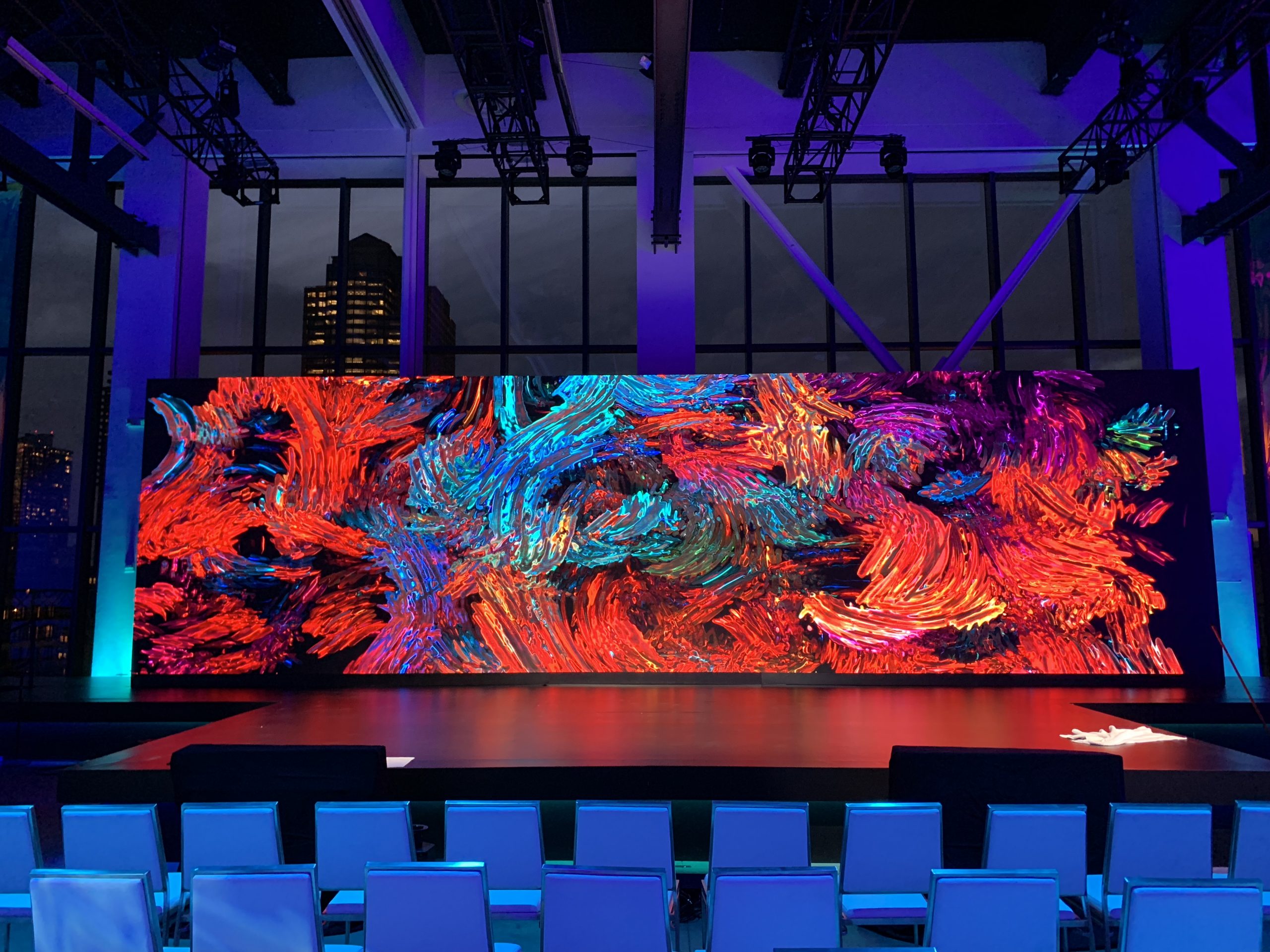The world of art is constantly evolving, and at the forefront of this transformation is artificial intelligence. Once considered a tool for enhancing creativity, AI has stepped into the spotlight as a creator in its own right. As we dive deeper into generative art, questions arise: Can machines truly be creative? What does it mean to create in a digital age where algorithms can produce stunning visuals?
From mesmerizing abstract designs to lifelike portraits, AI-generated artworks are captivating audiences worldwide. But with each innovative piece comes a debate about the nature of creativity itself. Is it solely an attribute of human experience or can technology also possess that spark? Join us on this exploration as we unravel the layers of generative art and its implications for both artists and admirers alike.
Understanding AI and Generative Art
Artificial intelligence, often abbreviated as AI, refers to the ability of machines to perform tasks that typically require human intelligence. This encompasses learning, reasoning, problem-solving, and even understanding natural language. In recent years, AI has made significant strides in creative fields.
Generative art is a fascinating subset of this technology. It involves using algorithms to create visual works based on specific inputs or parameters set by an artist. The process can be entirely automated or may involve collaboration between humans and machines.
What makes generative art unique is its unpredictability. Artists provide the framework; the machine then takes over, producing unexpected outcomes that challenge traditional notions of authorship and creativity. This interplay raises intriguing questions about what it means to create in today’s digital landscape where both man and machine contribute to artistic expression.
The History of Generative Art
Generative art has roots that stretch back decades, intertwining with both technology and artistic expression. Its origins can be traced to the 1960s when artists like Frieder Nake and Harold Cohen began exploring algorithmic processes to create visual works.
As computers evolved, so did the complexity of these creations. The 1980s introduced software tools that expanded artists’ capabilities further. This era saw pioneers such as Casey Reas and Ben Fry, who co-created Processing—a programming language designed specifically for visual arts.
The rise of the internet in the late ’90s opened new avenues for sharing generative pieces globally. Artists started collaborating across borders, blending their ideas with code.
With advancements in artificial intelligence today, generative art is experiencing a renaissance. New algorithms are enabling artworks that challenge traditional notions of creativity and authorship while keeping its rich history alive.
Examples of AI-Generated Artworks
AI-generated artworks come in many forms, each showcasing the unique capabilities of artificial intelligence. One notable example is “Edmond de Belamy,” a portrait created by an AI algorithm called GAN (Generative Adversarial Network). This piece was auctioned for an astounding $432,500, sparking widespread discussions about the value of machine-made art.
Another fascinating work is Refik Anadol’s “Melting Memories,” which transforms data into mesmerizing visual displays. By using algorithms to interpret vast amounts of information, he creates immersive installations that captivate audiences.
Then there’s DeepArt.io, which allows users to apply famous painting styles to their own photos. This platform leverages neural networks to blend artistic techniques with personal imagery seamlessly.
These examples illustrate how generative art pushes boundaries and redefines creativity in ways never thought possible. Each artwork invites viewers to ponder the role of technology in artistry and expression.
The Debate: Is AI Truly Creative?
The question of whether AI can be truly creative sparks intense debate among artists, technologists, and philosophers alike. Some argue that creativity is an inherently human trait, deeply rooted in emotion and experience. They believe machines lack the consciousness necessary to produce genuine art.
On the other side, proponents assert that AI’s ability to generate innovative outputs from vast data sets showcases a new form of creativity. These algorithms can remix styles and concepts in ways humans might not envision.
Critics point out that while AI can mimic artistic techniques, it does so without intent or personal expression. The result may be stunning but lacks the depth found in human-created works.
Yet, as generative art continues to evolve, it raises fascinating questions about authorship and originality. Is collaboration between human and machine the future of creative art?
Challenges and Limitations of Using AI in Art
Using AI in art comes with several challenges that can’t be ignored. One significant hurdle is the lack of emotional depth. While algorithms can produce stunning visuals, they often miss the nuances that evoke true human emotion.
Then there’s the question of originality. Algorithms learn from existing datasets, which raises concerns about copyright and authenticity. When an AI generates a piece, how much of it is genuinely new? This blurring line complicates ownership claims for artists and developers alike.
The technology also requires substantial computational power, making it less accessible to many creators. Not everyone has access to high-end hardware or advanced software tools necessary for generative art.
Critics argue that reliance on AI might stifle individual creativity. If artists lean too heavily on these systems, does their unique voice fade away into algorithmic patterns? The balance between innovation and personal expression remains delicate.
The Future of Generative Art and Its Impact on the Art World
Generative art is at the forefront of a revolution in creativity. As technology evolves, so does our understanding of what it means to create. Artists are now collaborating with algorithms, blurring the lines between human intuition and machine logic.
The future holds endless possibilities for this fusion. Galleries may soon feature interactive installations where viewers participate in shaping the artwork itself. This shift invites audiences into a more immersive experience with creative art.
Moreover, accessibility will expand significantly. Emerging artists can use generative tools without extensive training or resources, democratizing artistic expression like never before.
As AI continues to improve, we might witness an explosion of unique styles and forms that challenge traditional notions of authorship and originality. This evolution could redefine not just how we perceive art but also how we engage with it on a personal level.
Exploring the Intersection of Technology and Creativity
The intersection of technology and creativity is a fascinating realm. It has opened doors that were once thought to be locked tight. With generative art, artists are no longer limited to traditional methods or mediums. Instead, they can leverage the power of algorithms and machine learning to push boundaries.
AI tools are becoming more accessible, allowing a wider range of people to explore their creative sides. This democratization could lead to an explosion of unique voices in the art world. The potential for collaboration between humans and machines offers endless possibilities.
As we continue exploring this landscape, questions about authorship and originality arise. Who owns an artwork created by AI? Is it the programmer who wrote the code or the artist who provided input? These discussions will shape how we view creative expression moving forward.
Moreover, generative art challenges our perceptions of what constitutes creativity itself. Can something generated by a machine genuinely possess artistic value? As these technologies evolve, so too will our understanding of artistry.
This dynamic interplay between technology and human ingenuity reshapes not only how we create but also how we appreciate art in its many forms. Embracing both AI’s capabilities and human emotion may just redefine what it means to be truly creative in today’s ever-evolving world.




